-
The Curious Historian Level 3 is the third part in a 3-level series that presents the study of history and culture from the beginnings of civilization (Mesopotamia and Egypt) through the Middle Ages and the Renaissance. Note: This is a one-semester course for grade 7 and upin 7th GradeSku: 9781600516528
The Curious Historian: Level 3A – Student Edition
By: Elisabeth G. Wolfe, PhD, Alison Hardy, PhD, Paul Stephenson, PhD, Courtney Fu, PhD, Aaron G. Larsen, DA$45.95By: Elisabeth G. Wolfe, PhD, Alison Hardy, PhD, Paul Stephenson, PhD, Courtney Fu, PhD, Aaron G. Larsen, DA$45.95 Add to cart -
The Curious Historian teacher’s editions include detailed teacher notes and tips, a suggested weekly schedule, answer keys for all exercises, and sample responses and prompts for the discussion questions.in 7th GradeSku: 9781600516535
The Curious Historian: Level 3A – Teacher Edition
By: Elisabeth G. Wolfe, PhD, Alison Hardy, PhD, Paul Stephenson, PhD, Courtney Fu, PhD, Aaron G. Larsen, DA$52.95By: Elisabeth G. Wolfe, PhD, Alison Hardy, PhD, Paul Stephenson, PhD, Courtney Fu, PhD, Aaron G. Larsen, DA$52.95 Add to cart -
-0%This package is customizable! So the pricing on this package will vary depending on which books you include in the package. Please make your selection and see what the price is at the bottom of this page. The Curious Historian Level 3 is the third part in a 3-level series that presents the study of history and culture from the beginnings of civilization (Mesopotamia and Egypt) through the Middle Ages and the Renaissance.in 7th Grade
The Curious Historian: Level 3A Package
By: Elisabeth G. Wolfe, PhD, Alison Hardy, PhD, Paul Stephenson, PhD, Courtney Fu, PhD, Aaron G. Larsen, DAFrom:$151.85Original price was: $151.85.$144.25Current price is: $144.25.By: Elisabeth G. Wolfe, PhD, Alison Hardy, PhD, Paul Stephenson, PhD, Courtney Fu, PhD, Aaron G. Larsen, DAFrom:$151.85Original price was: $151.85.$144.25Current price is: $144.25. Add to cart -
The Curious Historian's Archive: Extra Resources for Level 3B is a collection of supplemental materials that correspond with The Curious Historian Level 3B: Late Middle Ages and Renaissancein 7th GradeSku: 9781600516757
The Curious Historian: Level 3B – Archive (Digital Resources)
By: Elisabeth G. Wolfe, PhD, Ashlee Cowles, Aaron G. Larsen, DA$29.95 -
A variety of Bonus Digital Resources not included in the Archive.in 7th GradeSku: 9781600516955
The Curious Historian: Level 3B – Bonus Digital Resources
By: Elisabeth G. Wolfe, PhD, Ashlee Cowles, Aaron G. Larsen, DA$16.50 -
The Curious Historian Level 3 is the third part in a 3-level series that presents the study of history and culture from the beginnings of civilization (Mesopotamia and Egypt) through the Middle Ages and the Renaissance. Note: This is a one-semester course for grade 7 and upin 7th GradeSku: 9781600516726
The Curious Historian: Level 3B – Student Edition
By: Elisabeth G. Wolfe, PhD, Ashlee Cowles, Aaron G. Larsen, DA$45.95 -
The Curious Historian teacher’s editions include detailed teacher notes and tips, a suggested weekly schedule, answer keys for all exercises, and sample responses and prompts for the discussion questions.in 7th GradeSku: 9781600516733
The Curious Historian: Level 3B – Teacher Edition
By: Elisabeth G. Wolfe, PhD, Ashlee Cowles, Aaron G. Larsen, DA$52.95 -
-0%This package is customizable! So the pricing on this package will vary depending on which books you include in the package. Please make your selection and see what the price is at the bottom of this page. The Curious Historian Level 3 is the third part in a 3-level series that presents the study of history and culture from the beginnings of civilization (Mesopotamia and Egypt) through the Middle Ages and the Renaissance.in 7th Grade
The Curious Historian: Level 3B Package
By: Elisabeth G. Wolfe, PhD, Ashlee Cowles, Aaron G. Larsen, DAFrom:$128.85Original price was: $128.85.$122.40Current price is: $122.40.By: Elisabeth G. Wolfe, PhD, Ashlee Cowles, Aaron G. Larsen, DAFrom:$128.85Original price was: $128.85.$122.40Current price is: $122.40. Add to cart -
This book is full of easy-to-understand example diagrams, colour-coded for quick recognition, this guide will be a trusted reference tool in your home, office, or school for years to come. For ages 13 and Up.in 5th GradeSku: 9781945841385
The Diagramming Dictionary
By: Susan Wise Bauer$26.95 -
This manual contains detailed instructions for teaching students about the digestive system, including the functions of the mouth, esophagus, stomach, and intestines, as well as the roles of the liver, pancreas, gallbladder, and appendix. It ends with a fun role-play activity in which students simulate how the entire digestive system works.in 3rd GradeSku: 9780880928229
The Digestive System: Dr. Dave’s Teaching Manual
By: David Purvis, Ph. D.$42.50 -
The Discovery of Deduction will welcome your students into the fascinating realm of formal, deductive logic. Formal logic studies how an argument is put together—the form or structure of an argument.in 10th GradeSku: 9781600515262
The Discovery of Deduction – Assessments, Quizzes & Extra Practice PDF
By:$8.50 -
The Discovery of Deduction: An Introduction to Formal Logic will welcome your students into the fascinating realm of formal, deductive logic. Formal logic studies how an argument is put together—the form or structure of an argument.in 10th GradeSku: 9781600515279
The Discovery of Deduction – Streaming Video
By: Joelle Hodge$155.50 -
The Discovery of Deduction: An Introduction to Formal Logic will welcome your students into the fascinating realm of formal, deductive logic. Formal logic studies how an argument is put together—the form or structure of an argument.in 10th GradeSku: 9781600510335
The Discovery of Deduction – Student Edition
By: Joelle Hodge, Aaron Larsen, Shelly Johnson$43.50 -
The Discovery of Deduction Teacher’s Edition features the entire content of the student edition, along with an answer key, teaching tips, sample essays, dialogues, and arguments. See our Support tab above for schedule recommendations.in 10th GradeSku: 9781600510342
The Discovery of Deduction – Teacher’s Edition
By: Joelle Hodge, Aaron Larsen, Shelly Johnson$47.50 -
-0%HotThe Discovery of Deduction: An Introduction to Formal Logic will welcome your students into the fascinating realm of formal, deductive logic. This course teaches students how an argument is put together—the form or structure of an argument. It pulls back the curtain to show students not only how arguments work, but also how to assess what’s going on in their own minds.in 10th Grade
The Discovery of Deduction Set
By: Joelle Hodge, Aaron Larsen, Shelly Johnson$255.00Original price was: $255.00.$242.27Current price is: $242.27.By: Joelle Hodge, Aaron Larsen, Shelly Johnson$255.00Original price was: $255.00.$242.27Current price is: $242.27. Add to cart -
The Divided Line guidebook, for both instructors and the students themselves, explores the philosophical bases behind the concepts introduced in the novel. These include the beliefs and ideas of Socrates, Plato, Aristotle, Descartes, da Vinci, Michelangelo, Freud, Jung, Schopenhauer, and others. It also provides a summary of the plot developments, a philosophical basis for the key concepts of each chapter, discussion questions, and more.in 6th GradeSku: 9780880925983
The Divided Line – Guidebook
By: Sharon Kaye, Ph.D.$22.95
Grade
Shop our products by Grade.



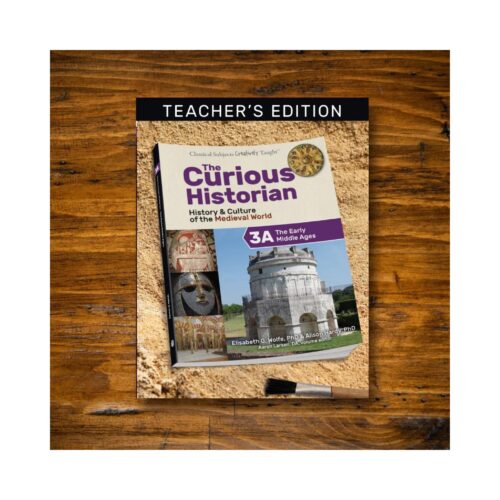
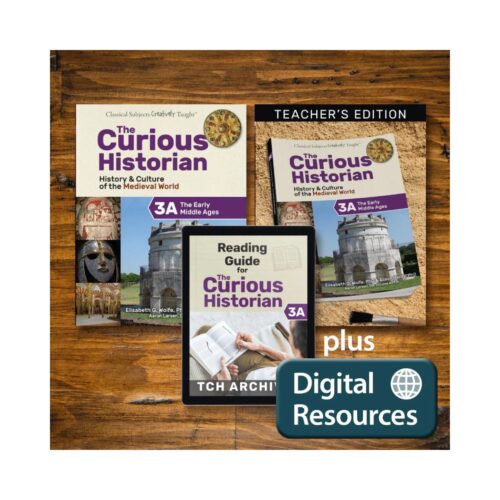
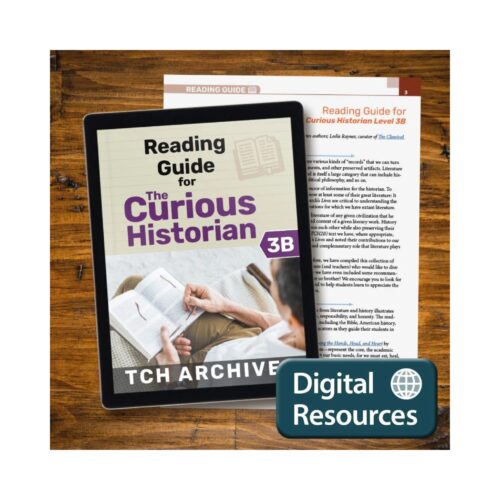
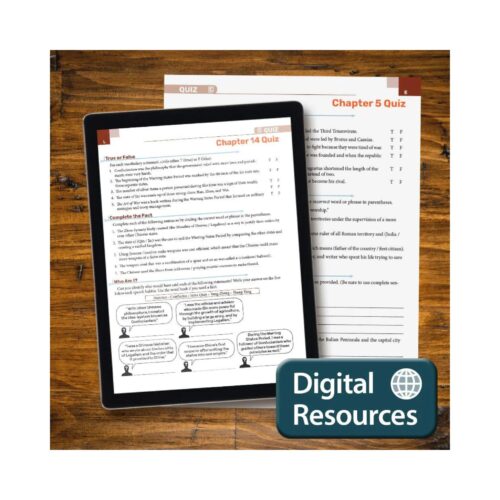

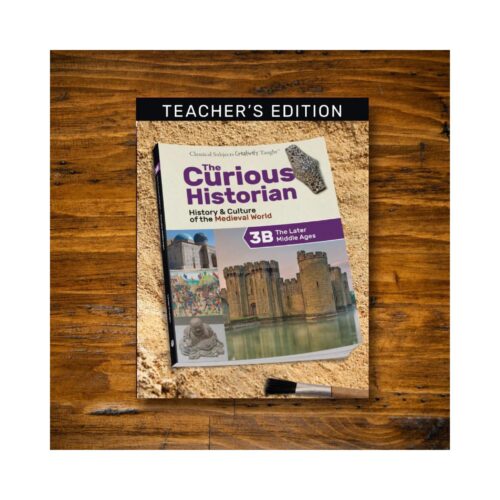
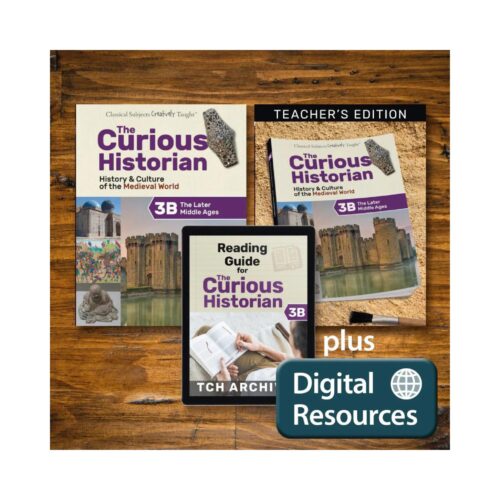

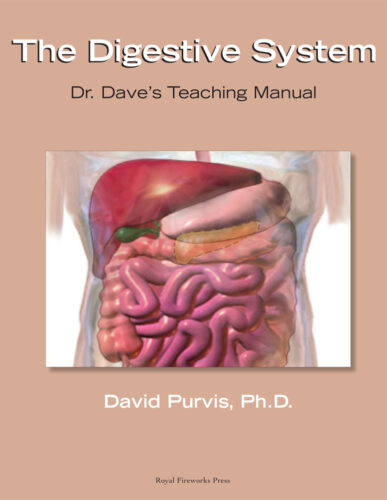

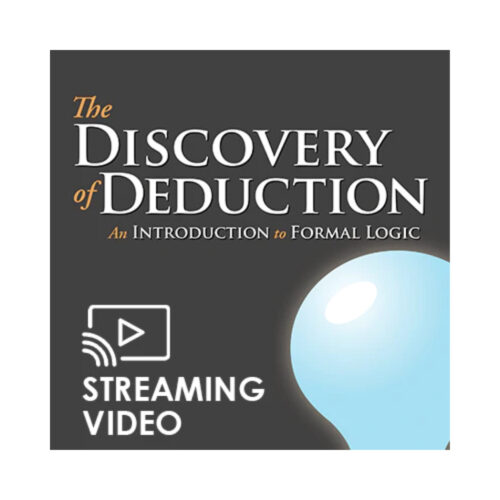
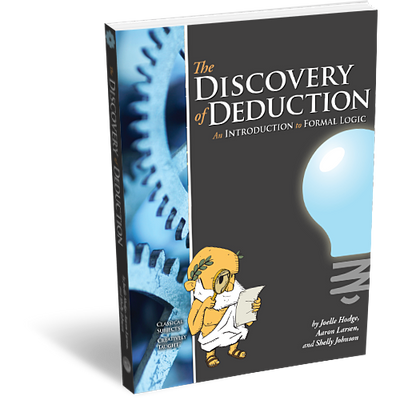
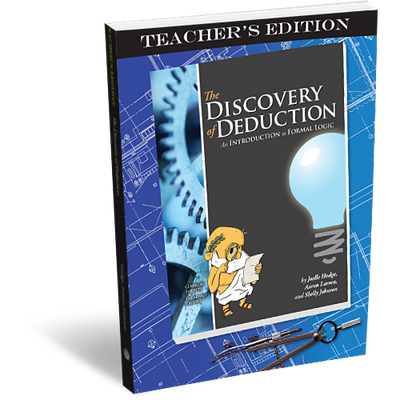
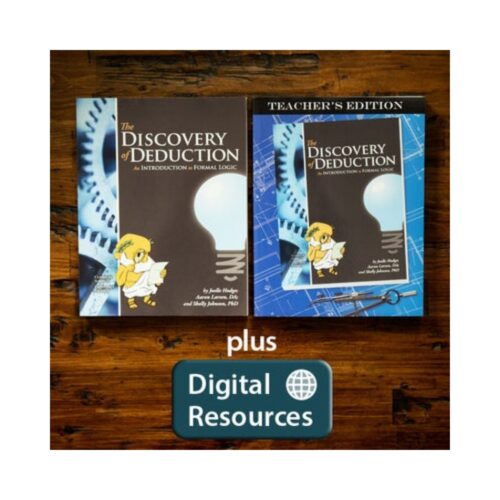

 No products in the cart.
No products in the cart.